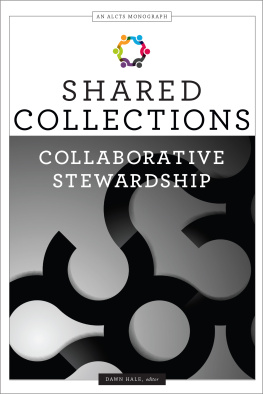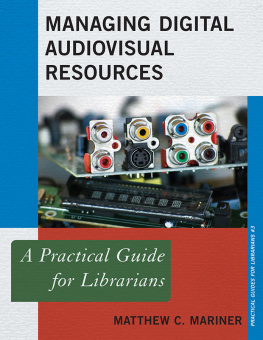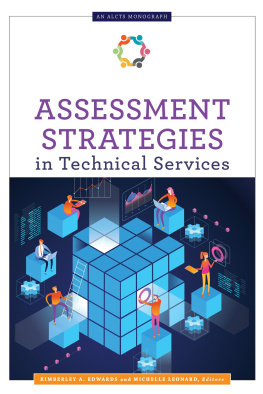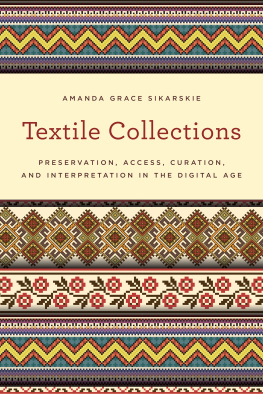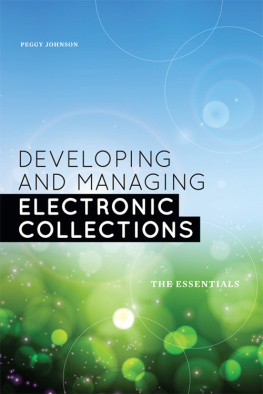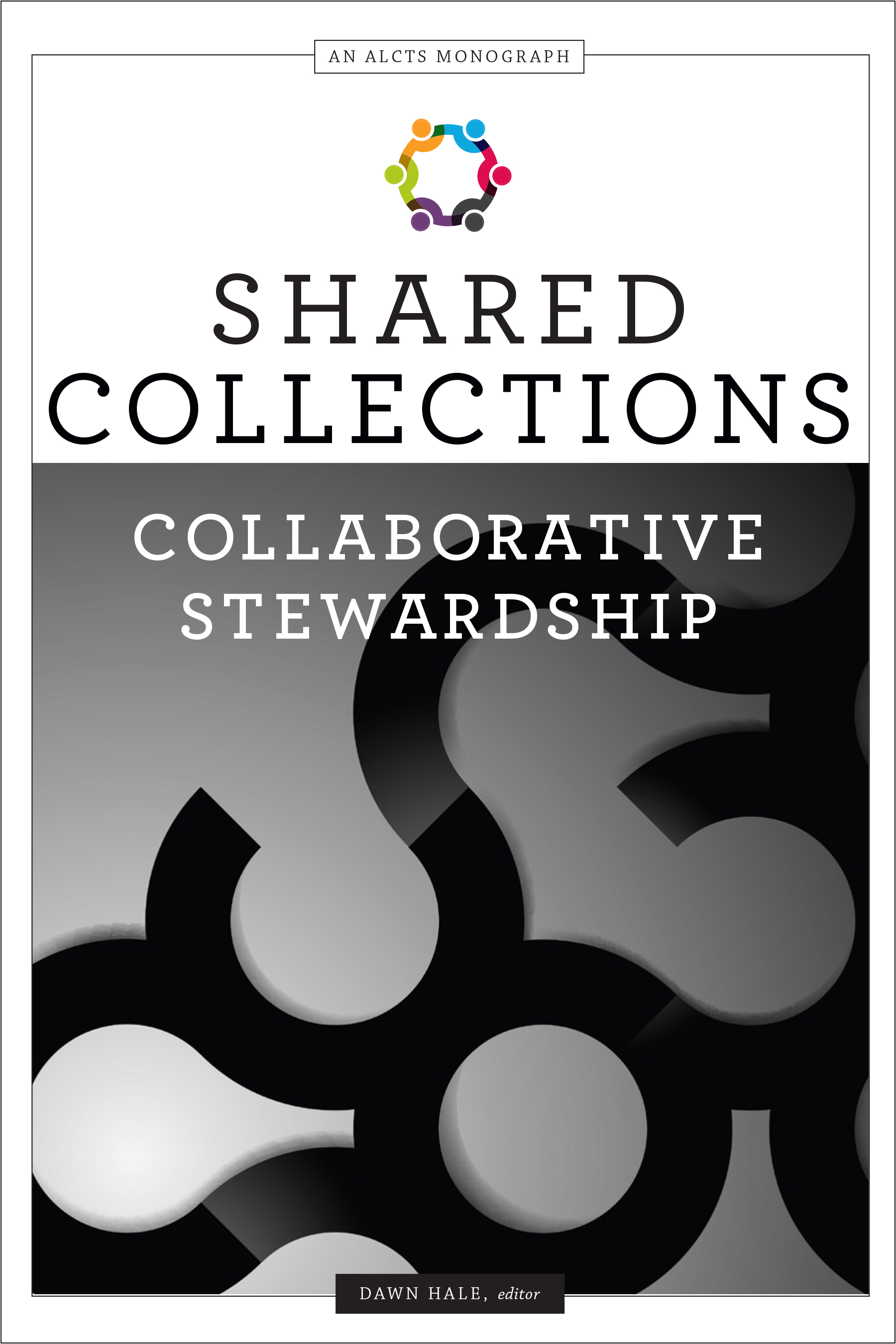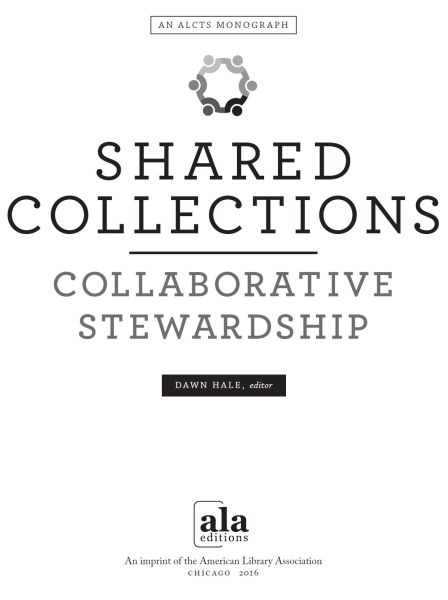A s stewards of the intellectual record, historically libraries developed local print and audiovisual collections to meet readers information needs. Changes in the information environment and user expectations have impacted collection development methods. As a result of the transition from print to electronic publishing, libraries are shifting resources to support electronic collections. Steady increases in open access publishing increase the breadth of available content, remove access barriers, facilitate the use and reuse of information and research, and expand library publishing services.
As a result, the scope of the collection is broadening to include an array of formats, and is no longer merely a physical collection housed within the library or shelved remotely. Content that is accessed virtually is often dynamic in naturewhether owned electronic content, leased access to aggregated electronic content, or locally digitized or open access digital contentrequiring libraries to develop new strategies for evaluating, selecting, and managing access to information.
Although various types of libraries have different goals and approaches for serving their readers information needs, a common goal is to provide access to a barrier-free collection that supports reader preferences for analog as well as digital content. Local libraries are challenged by inflation and escalating prices in the face of budgets that remain flat or decrease; by the infrastructure needed to support reliable access, discovery, and delivery; by user expectations for seamless access from point of discovery to delivery of content; and by the re-purposing of library spaces. Their investments in collections and the associated services that support them are changing.
Increasingly libraries of all types are pooling resources to purchase and store, as well as to provide access to materials that serve their readers expanding information needs. The shift from institutional stewardship and resource sharing of local collections to building collaborative collections and managing shared collections in various formats continues to evolve.
Policies and best practices for creating and managing shared collections will continue to develop. This book reviews some current models for curating content at the collective level. The three parts of the volume highlight strategies for intentional decision-making for developing and managing shared collections and leveraging resources to meet users complex information needs.
outlines general considerations influencing relationship building when developing shared collections, including:
arenas for collaborative collection building ()
governance and business models that contribute to the sustainability of shared print collections ()
assessing risk for evaluating retrospective print collections for deaccessioning or moving materials offsite to ensure preservation of the optimal number of copies to meet user needs ()
comprises case studies, ranging from local and regional efforts to consortial approaches that leverage institutional resources for developing a collective collection. The case studies describe:
a regional shared print serials retrospective collection that frees up space in individual libraries and ensures long-term access to back runs of print serial volumes ()
domain-based collaborative stewardship of federal government documents ()
a statewide approach for managing multi-type libraries distributed shared print monograph legacy collections ()
developing a collective collection of low-use scholarly monographs published by university presses and foreign language publishers as well as foreign language open access publications ()
a consortiums ebook demand-driven acquisition program that allows members to access a wider spectrum of materials than the print books on local library shelves ()
shared digital asset management of a university system of aggregated digitized special collections materials that enables individual libraries to utilize a shared infrastructure that supports storage, discovery, and use of digitized special collections ()
).
Strategies for developing and managing shared collections that meet the information-seeking behaviors of particular user communities will continue to emerge, and the concept and composition of the collective collection will evolve. The challenges of providing access to increasingly diverse content demand innovative approaches, risk-taking, and close collaboration to leverage the respective strengths of all stakeholders. Contributors to this volume offer considerations and experiences for those engaged in developing strategies for building, managing, and providing access to shared collections that meet the needs of current and future generations of readers.
Special acknowledgment goes to the contributors, as well as to the members of the ALCTS Monographs Series Editorial Board, Christine McConnell, and Helayne Beavers, whose guidance and insights have been invaluable in shaping this volume.

